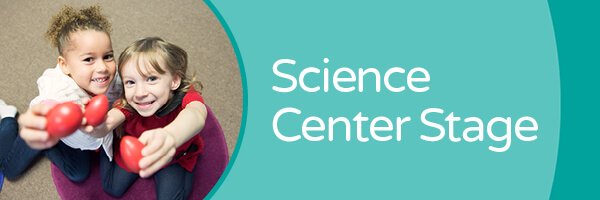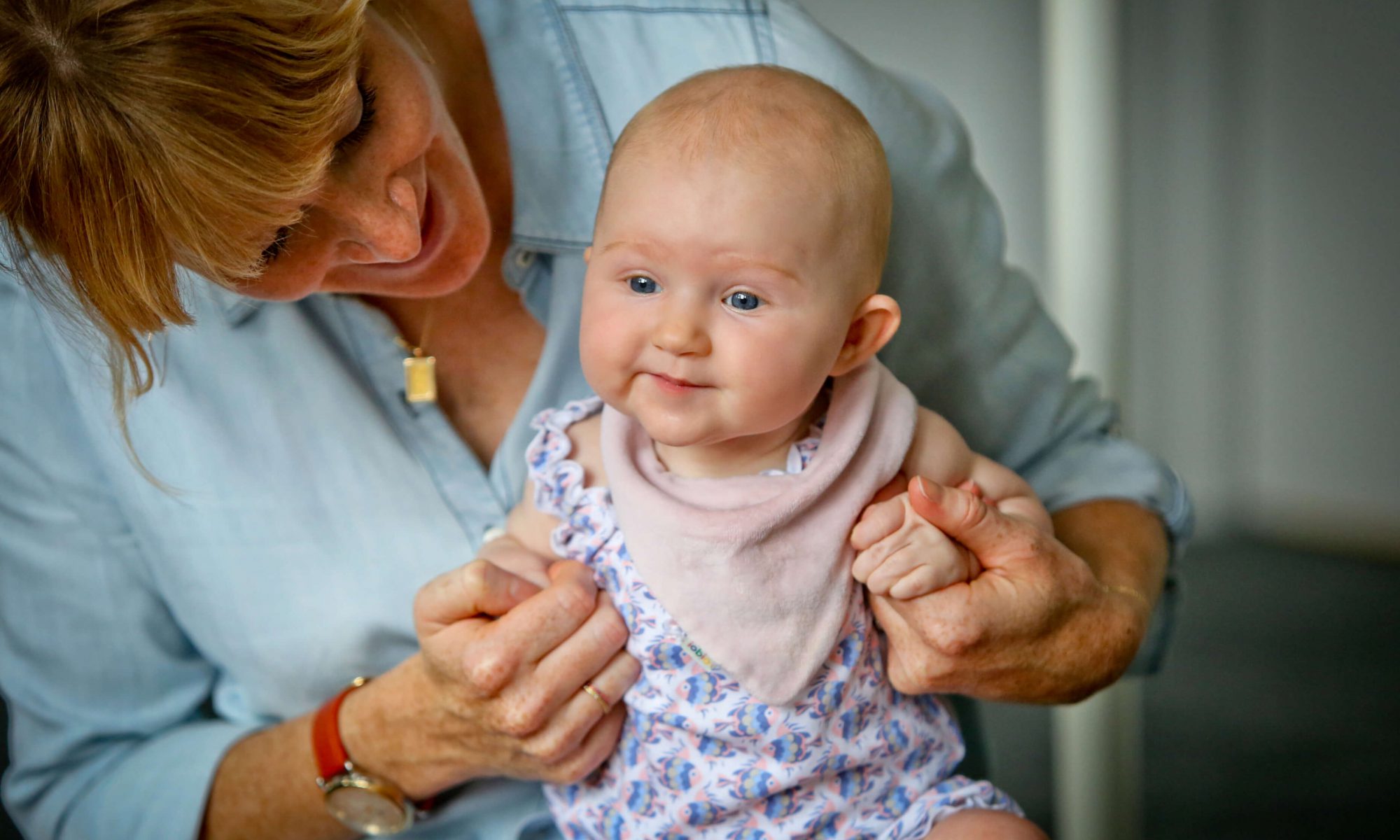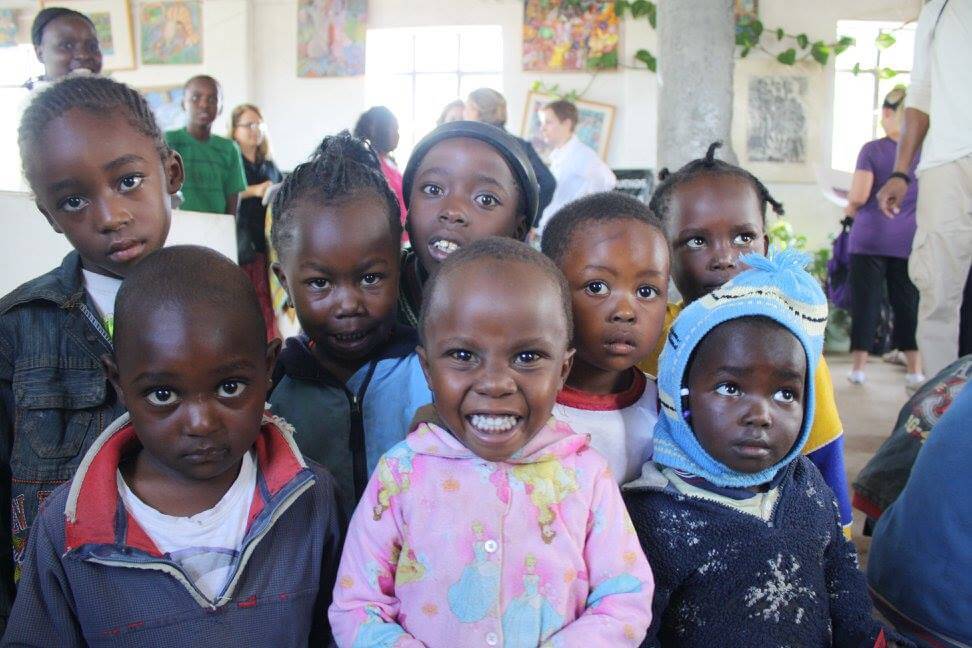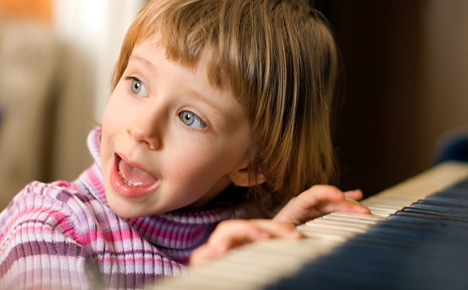[vc_row][vc_column][vc_column_text]Music Therapy – it’s been around for some time…let’s say as long as we’ve had music. As a credentialed profession, it’s still relatively new. The first program to award a degree in music therapy began at Michigan State University in 1944. The American Music Therapy Association came into being in 1998. To many, the profession is still a mystery. It isn’t simply singing someone to sleep or teaching a person how to play a few chords on an ukulele. From the AMTA’s website:
Music therapists assess emotional well-being, physical health, social functioning, communication abilities, and cognitive skills through musical responses; design music sessions for individuals and groups based on client needs using music improvisation, receptive music listening, song writing, lyric discussion, music and imagery, music performance, and learning through music; participate in interdisciplinary treatment planning, ongoing evaluation, and follow up.
In a recent article over at Science Times, writer Jezreel Smith detailed the use of music therapy’s use in reducing pain.
[/vc_column_text][/vc_column][/vc_row][vc_row][vc_column][vc_column_text]
A Natural Analgesic
“Music therapy should be added to postoperative pain treatment as it been found to decrease pain in patients recovering from spine surgery.”
– Jezreel Smith
The Louis Armstrong Center for Music and Medicine conducted a study which explored the effects of music therapy on pain levels in 30 post-operative spine surgery patients. In addition to standard post-operative care, 30 minute music therapy sessions were included.
You’ve probably seen a version of the Visual Analog Scale (VAS) for pain in your doctor’s office or at a hospital. The subjects of the study were asked to rate their pain using the VAS before and after music therapy was introduced. Members of the group which received music therapy had a reduction of more than a point on the pain scale, while the control group, 30 subjects who only received regular post-operative care without music therapy, saw a rise of just over a half point.

[/vc_column_text][/vc_column][/vc_row][vc_row][vc_column][vc_column_text]
The Power of Music
What does this study tell us? It confirms the power of music, its impact on the brain and how it processes pain, and and music therapy’s value in helping patients comfortably recover from surgery. This is only one area in which music therapy has been successful applied. You’ll find music therapists in a wide range of settings: in schools working with differently abled students, such as kids on the autism spectrum; in nursing homes, helping residents maintain or even increase mental, physical and emotional functioning; in mental health facilities, aiding patients as they process emotions and work to resolve conflict.[/vc_column_text][vc_video link=”https://www.youtube.com/watch?v=ZE6JbAAIbJQ”][/vc_column][/vc_row][vc_row][vc_column][vc_column_text]
For More Information on Music Therapy…
Interested in learning more about what music therapy is or what music therapists do? Check out the American Music Therapy Association’s website. It is full of wonderful information regarding the profession. There’s a great FAQ page than answers many questions and an entire section on research.
We have been using music as medicine as long as music has been around, and like many ancient practices, it continues to be refined as we learn more. Music Therapists are becoming more common in a host of settings. We are a musical people, and the greater connection we have to the art form, the larger the positive impact it can have on our lives.
I’ve said it before friends, music is magic.[/vc_column_text][/vc_column][/vc_row]







